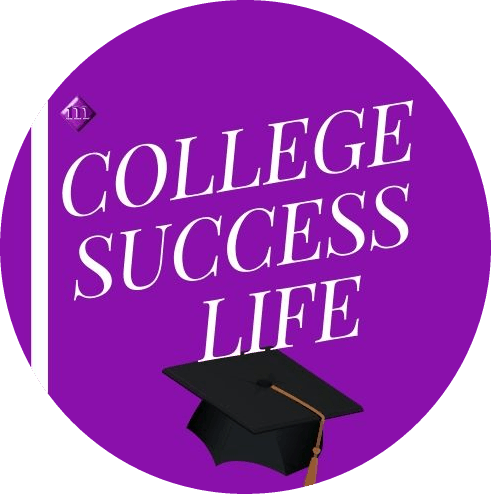
Your Learning Style and Academic Success
Have you ever given any thought about your learning style i.e. the best way for you to acquire and retain new information?
Knowing how you learn really influences your performance as a learner, whether in school or the workplace.
News Flash…everybody learns differently!
When assessed, learners generally fall into three basic categories: 
- Visual
- Auditory
- Kinesthetic/tactile
So, as you prepare for next semester, think about the ways you learn best and prepare accordingly.
Below are some tips and strategies to help get you started:
First things first…
Regardless of your learning style – Read each class syllabus very carefully, highlight key requirements, and make notes on your personal calendar re: specific “deadlines”.
Ask questions:
Sit, at least, within the first two rows of each class.
Actively participate in class.
Also, analyze your faculty’s learning/teaching style.
See if you can determine their preference.
The more you know, the better for you!
Always read aloud:
Whenever you write research papers, essays, and/or critiques, read it aloud first before you submit it.
You’ll be surprised at what you hear when you listen to your own written work.
Critically important:
Make appointments with your professors to review your current status in class. Whenever possible, do this before mid-terms and finals.
Experiencing learning challenges? Then check in with your academic adviser for academic support recommendations.
And always use all of your technological tools to support your learning style challenges!
Learning Styles
If you’re a Visual learner, make sure that you look at and review all study materials regularly.
- Use videos, charts, maps, notes, and flashcards.
- Practice visualizing or picturing words/concepts in your head.
- Write out everything for frequent and quick visual review.
If you’re an Auditory learner, tape your lectures in addition to taking notes.
- Listen to and review your tapes/notes frequently.
- Sit in the lecture hall or classroom where you can hear well.
- After you have read something, list key points, recite them aloud and discuss with peers or study group.
If you’re a Kinesthetic/Tactile learner, write everything out.
- Trace letters and words to learn spelling and remember facts.
- Use flash cards. Try listening to non-distracting music.
- Draw diagrams and charts of relationships.
- Move around to learn new things. Study while exercising. Join study groups.
…And guess what?
Most people have a combination of all 3 learning styles, some preferring one style over the other.
In any case, don’t limit yourself. Try some of the other techniques listed above as well.
The name of the game is to use the best approaches that’ll support your individual learning style and increase your chances for academic success!





